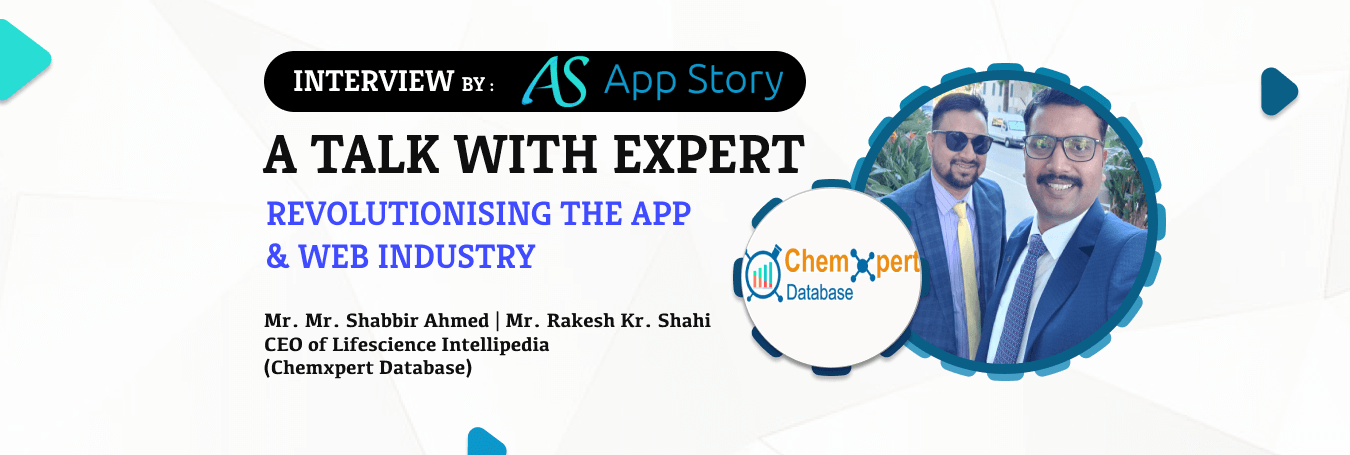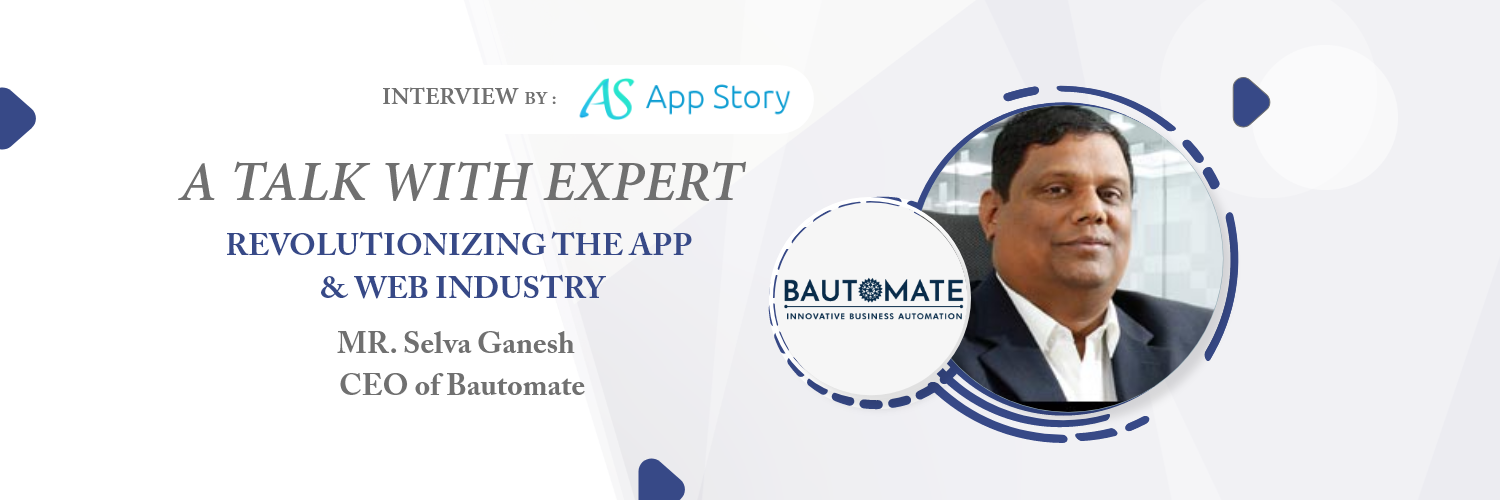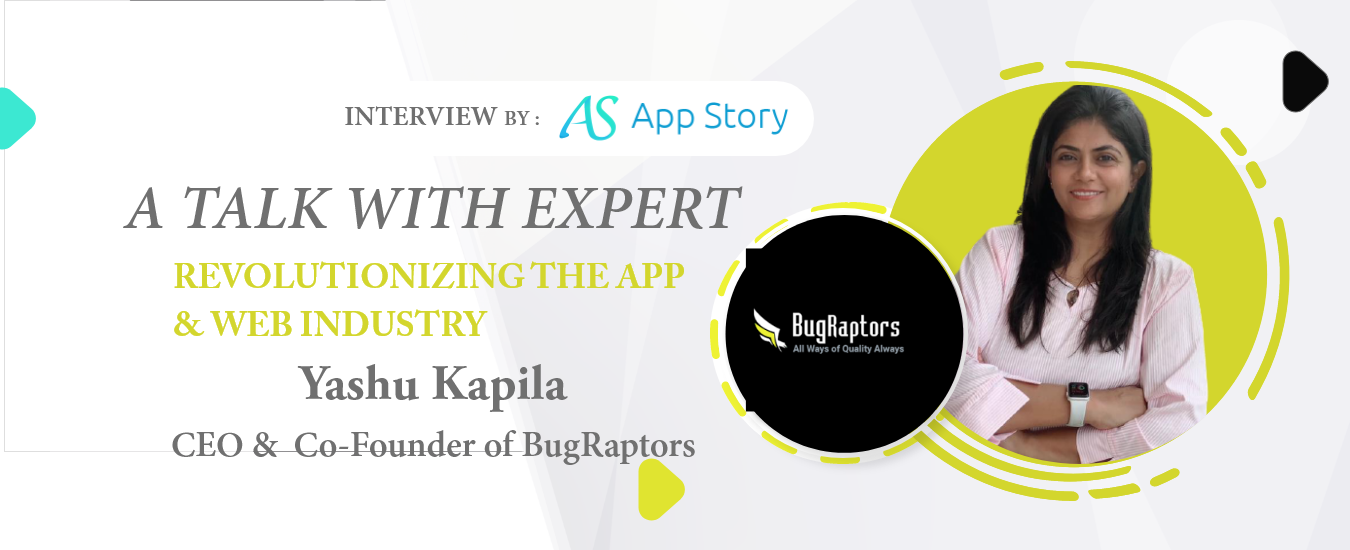Few lines about Shahid Mansuri – CEO of Peerbits Solution
Shahid Mansuri is the CEO of Peerbits Solution, a mobile app development firm located in India.
Shahid Mansuri cofounded Peerbits with Nasrullah Patel and Ubaid Pisuwala in 2011. The mobile application company, today, have offices in United States, United Arab Emirates, India, Colombia and Saudi Arabia and employees close to 100+ designer and developers.
Give us a brief introduction about your company.
Peerbits is a fast-moving technology firm that primarily offers mobile application development as a service to a global clientele consisting of new-age startups, SMEs, technology consultancies, and government agencies.
With mobile app development as a service reaching its saturation point in a market that is already hyper-competitive and overcrowded, Peerbits is developing a serious of end-to-end on-demand solutions for diverse industry verticals.
What are the services you offer to your clients?
As I said, the primary service we offer is a mobile app development and many associated and support services: web, IoT, chatbot, and wearable app development. In addition, we offer QA and testing, maintenance and support, digital marketing, and data analytics.
In this intensely competitive era, what technologies, services, and project models can give you an edge over your competitors?
Kotalin, Swift, and work around the latest version of Android and iOS.
We are making move from LAMP Stack to MEAN Stack as the clients’ requirements are evolving to the growing trends and the newer way people have come to perceive technology.
To affirm data integrity, we prefer REST APIs, which rely on a token-based mechanism to restrict unauthorized to the database. Our software solution must pass a penetration test, which we conduct by tools like Burp and Fidler.
On top of that, we enforce SHA 265 encryption on every dataset as an added layer of data security.
After-service is a necessary part of development. How do you provide customer support to your client?
We provide multi-level support to our clients. For every complaint we receive, we raise a ticket and allocate it to a desk support executive, who would get back to the customers with the resolution time.
Support comes from various means: phone, email, chat, SMS, Skype, etc. The desk executive would try to solve the complaint himself or escalate to a concerned department. According to the severity of a complaint, they are either Level 1 (trivial) – Level 4 (very complex).
Regardless, the aim is to solve the complaint in the shortest time.
How has being an entrepreneur affected your family & Social life?
Nowadays, I find it bit difficult to balance but throughout my journey, I tried to balance and can say I have been successful most of the time.
Anything, you would like to say to our readers or upcoming entrepreneurs?
Learn from others’ experience than yours. Sustain, don’t give up and don’t go begging around investors for funding. Invest in a result-oriented PR firm and build a repo with the press. Attend events and parties to gain the attention of the investors.
Whom do you consider your idol or biggest motivator?
I would be glad to talk to our prophet Muhammad S.AW. as he is the best ideal one can have.
What are your hobbies? What do you do in your non-work time?
It’s mostly family time when I am not working. I love playing Table Tennis sometime. I have a setup in my backyard. And I often engage in a game or two with friends and family.
I love travelling. But these days everything revolves around business.
Have you raised any funding? Or have any plans for the funding?
As of now, we don’t have a plan to raise funding. That may or may not change in the future. However, I can’t say right now. Depends! But, we prefer not to. We have never raised any funding.
What are your goals over the next 1, 3, 6 and 12 months?
By the next month, I’d like to develop my knowledge and understanding of the sector. By 3 months, I want a build a tighter hierarchy in the management. 6 months, I want to build a strong relationship with new clients. I want to make a complete transition to MEAN stack.
Give your opinions on how far this app revolution can make a difference in the technology world?
Well, apps give its users the absolute freedom. The freedom to do whatever they want, whenever, wherever. Take my example. I can talk to a client on Skype no matter where I am. When I am not office, I can reply him from Skype on my iPhone and continue the chat on my Surface as soon as I am office. This is the this sort of device-independent continuity that is bringing the revolution.
What latest technologies and tools you’re planning to implement for mobile app development?
Three technologies will rule the future generations: IoT, AR/VR and AI and machine learning. As for tools, there are too many of them for the same technology. If we talk of web development, we moved entirely from LAMP stack to MEAN stack.
What’s your approach to creating interactive and addictive UX/UI of mobile apps and websites?
I believe UI/UX plays a major role in delivering a native app experience to our customers. When entering hybrid app development, UI/UX plays an even bigger role. There is an ongoing trend around minimalism. A few years ago developers were made to add as many features to the app. Today, User Experience is all about delivering to users what is necessary, what is essential and beautiful. Anything extra and users have a tendency to abandon the app and move to a competitor.
What are the challenges you see in the outsourcing industry and how much you’re prepared to face those challenges?
When you outsource a thousand-dollar project to a technology firm in Manilla, trust is something that is going to come in the way. It’s not easy to build trust with an overseas partner. Then there are issues of intellectual property theft, patent infringement, data misuse, security of user privacy etc.
For data security, we follow international laws and that of the client’s country. In the meanwhile, we work around building trust, which is itself a gradual process.
Mention the ways you use to introduce new updates to your team.
We conduct a team interaction session at the start of every project, wherein every person associated with the project sits around an oval table and discusses every tidbit about the project.
Most of the projects have a unique facet that may require the need of the latest technology in an application. If one of the assigned developers to the project has never worked on the technology before or the technology is new to the sphere altogether, we introduce the technology and its implementation to the whole group or the subset of developers during the session by means of code example, videos, and lectures.
What’s your step to enter into the wearable tech & IOT revolution?
I guess the steps are, more or less, the same as we took to enter the mobile app revolution. So I guess we have to take similar steps. Of course, we will need new employees to create embedded applications because IoT and wearable are not regular computing devices and they have limitations that are difficult to address for example limited space, memory and computing capacity. Then again, we have cloud computing that offers all of this on-demand in any quantity.
As a technology firm, it’s our duty to keep abreast of technological changes.
Examine the success and failures that your developers are facing while wearable app development.
The biggest success we could creating wearable solutions that actually made the life of their users better. It made them efficient. Well, when wearables first came, our first impression was why are they even here. They were biggest gimmicks in the history of customer electronics. But when we started developing for them our philosophy changed. They have the potential.
The challenge is of course, mobile app developers find it hard to develop for resource, space and memory-constrained wearables.
What is your go-to-market scheme at a global level?
Our go-to-market strategy revolves around four steps:
- Penetrate – Sell more of your existing product/service to the existing market. This is the lowest-risk approach to growth as you know your market and how your product/service delivers value.
- Expand – Sell your existing product/service to a new market. To be successful with this strategy, you need to understand the new market.
- Innovate – Sell a new product/service to your existing market. To be successful with this strategy, you need to understand the pains, gains, and value delivered of the new offers.
- Aggressive: Sell new products/services into new markets. This is the highest risk and requires the most effort to be successful. To be successful with this strategy, you need to understand the new market and how the new offer delivers value to this market.
Your Message for Other Startup companies?
Being a startup means no fixed plan, revenue model or roadmap. You’ll have to make it up as you go. From my point of view, 3 things that an early entrepreneur should keep in mind is
-
- Be Creative
- Always keep the big picture (your ultimate goal) in sight
- Make a plan but be flexible
- You’re not immortal






 United States
United States United Kingdom
United Kingdom India
India Canada
Canada Singapore
Singapore



































